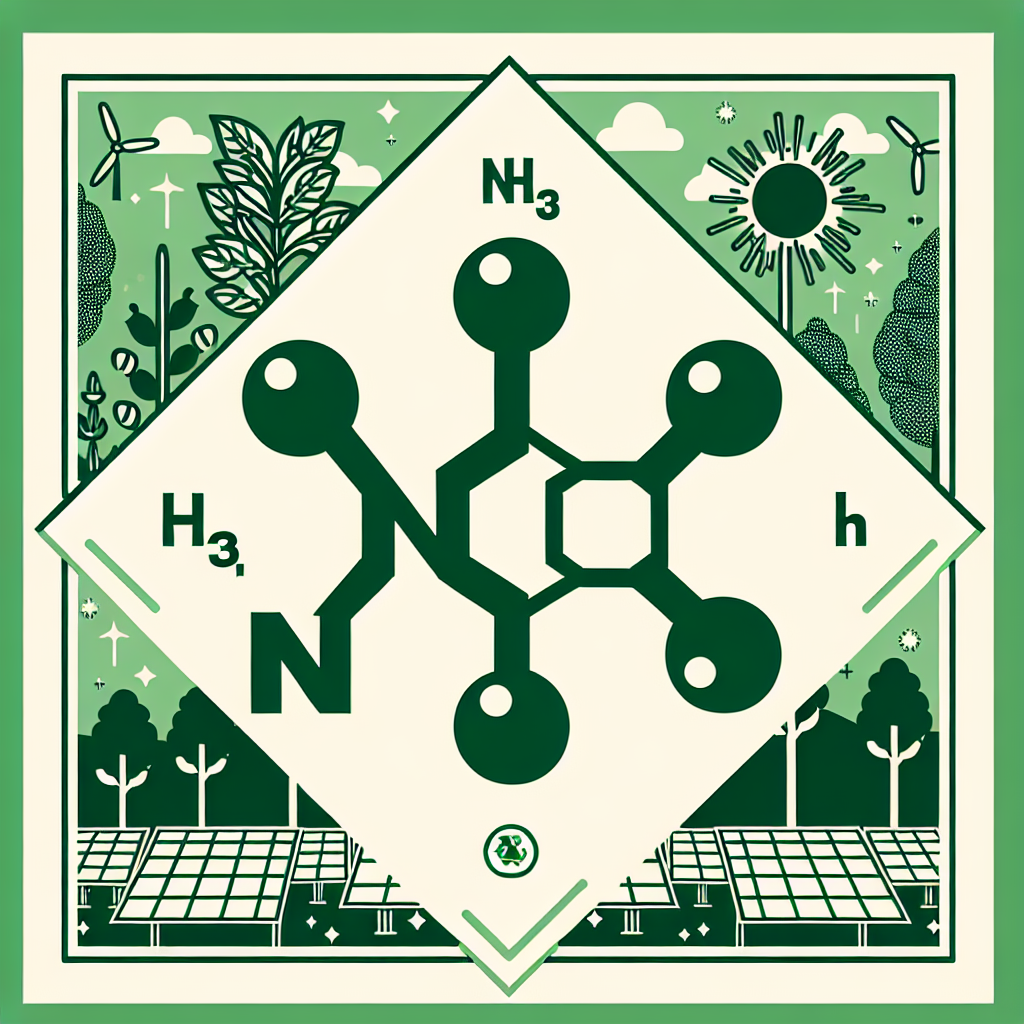Mitsui & Co Collaborates on Greener Ammonia Production in UAE
Mitsui & Co, along with partners including ADNOC, has initiated the construction of an ammonia plant in the UAE. The facility aims to produce 1 million metric tons of ammonia per year by 2027 with reduced CO2 emissions. Carbon capture and storage technology will be implemented, with production of clean ammonia beginning by 2030.

Mitsui & Co has begun building an ammonia plant in the United Arab Emirates (UAE) with partners including an Abu Dhabi National Oil Company (ADNOC) unit, it said on Tuesday. The Japanese trading house is increasing its efforts to build global supply chains of greener fuels such as hydrogen and ammonia to help tackle climate change.
Mitsui's partners are TA'ZIZ, which is owned by ADNOC, Fertiglobe, and South Korea's GS Energy. The plant, located in Al Ruwais in the UAE, aims to start producing 1 million metric tons per year of ammonia from 2027, with lower carbon dioxide (CO2) emissions compared to conventional ammonia, Mitsui said in a statement without elaborating.
Facilities will be installed in the plant to capture and store CO2 emitted during the manufacturing process, with plans to begin production of clean ammonia by 2030, Mitsui said. The company did not disclose the total project cost. Mitsui will offtake a certain volume of the clean ammonia produced at the plant to supply Japan and other Asian markets, providing it for uses including fuel, chemical and fertiliser feedstock, it said.
Separately, the Japan Bank for International Cooperation (JBIC) said it has signed a loan agreement with Mitsui to finance the project. The loan is co-financed with Sumitomo Mitsui Banking Corp, providing $27 million loan in total. In the UAE, Mitsui and ADNOC have been jointly developing and managing a liquefied natural gas (LNG) plant since the 1970s.
Ammonia, primarily produced from hydrogen derived from natural gas and nitrogen extracted from the air, does not emit CO2 when burned. It is principally used as a raw material for fertiliser and chemicals, but it can also serve as a low-carbon fuel in power generation and marine bunker operations.
(This story has not been edited by Devdiscourse staff and is auto-generated from a syndicated feed.)










